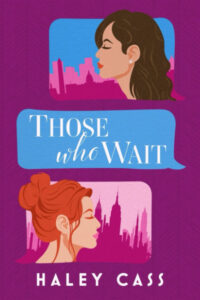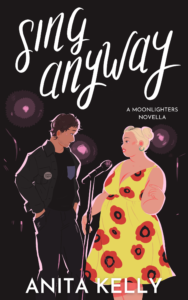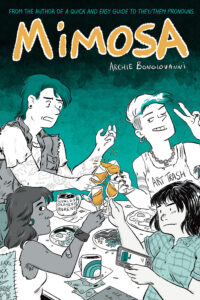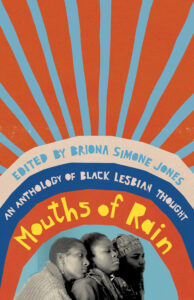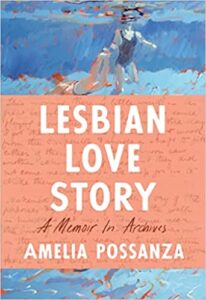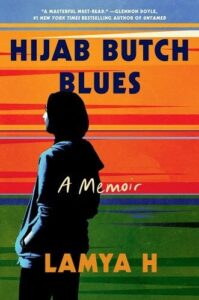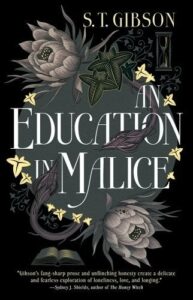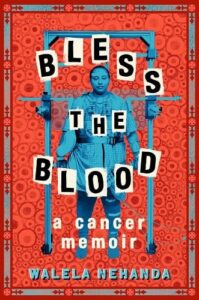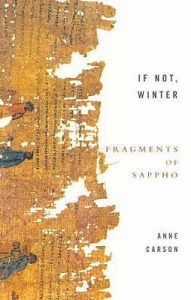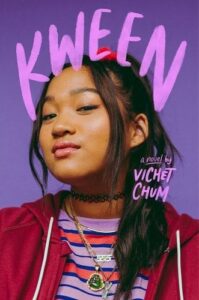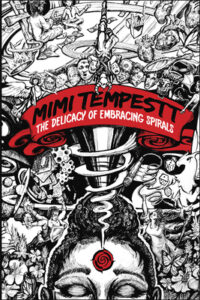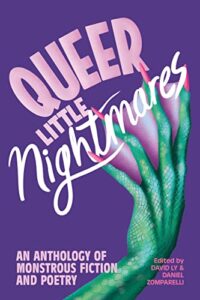Recently, a nonprofit in Massachusetts put out an exclusively queer book collection on Libby called the Queer Liberation Library (also known as QLL). Their mission is simple: by providing queer people with diversity-focused literature and resources, QLL is building a future that is undeniably queer. This collection of e-materials is available to anyone with an email address, and sign-up is very easy. I signed up and had received confirmation and account information within twelve (12) hours. There are so many titles and collections available, with the focus of their homepage collections being on Black queerness right now in celebration of Black History Month. I would highly recommend signing up for a card if you want exclusively queer literature available at your fingertips.
Of course, I went a little wild and immediately began downloading so many sapphic titles on the QLL. Here are five things that I checked out from the Queer Liberation Library that I think you should too:
Those Who Wait by Haley Cass
Sutton had a simple plan for her life: finish graduate school and fall in love. But life is never that simple, and it doesn’t help that she is useless around other women. On the other hand, Charlotte has every bit of her life planned out and is not willing to compromise it for love. When the two meet through a dating app, Sutton and Charlotte know they aren’t meant to be—or are they? I picked up this audiobook because of the cute cover and stayed for the slow-burn, friends-with-benefits romance. Don’t let the length of the book (21ish hours) intimidate you: Those Who Wait is a fast-paced epic romance sure to make your top ten books of 2024.
Sing Anyways by Anita Kelly
Nonbinary history professor Sam Bell is committed to a new (non)romantic strategy after numerous failed relationships: Thirst Only. However, having no emotional ties to relationships can be hard, especially when they are left by themselves at The Moonlight Café, otherwise known as Moonie’s to its largely queer regulars, and on karaoke night of all nights. But then Sam’s karaoke crush, Lily Fischer, steps up with a mic, and the two work together to weather the outside world and to keep singing through it all. I read this back during the summer and I remember being actively disappointed that there was no audiobook that I could listen to through my library—never again!
Mimosa by Archie Bongiovanni
Best friends and chosen family Chris, Elise, Jo, and Alex work hard to keep themselves afloat. In an effort to avoid being the oldest gays at the party, the crew decides to put on a new queer event called Grind—specifically for homos in their dirty 30s. Grind is a welcome distraction from their real lives while navigating exes at work, physical and mental exhaustion, and drinking way, way too much on weekdays. This chosen family proves that being messy doesn’t always go away with age. I love Bongiovanni’s art style and can’t wait to sink my teeth into this story about older queer people (which I am swiftly approaching with mild disbelief).
Mouths of Rain: An Anthology of Black Lesbian Thought edited by Briona Simone Jones
Mouths of Rain traces the long history of intellectual thought produced by Black Lesbian writers, spanning the nineteenth century through the twenty-first century.
This anthology features a mix of literature (nonfiction, poetry, and fiction) about a variety of topics from a variety of Black sapphic authors like Audre Lorde and Alice Dunbar-Nelson.
Mouths of Rain first caught my attention because of the gorgeous cover, but kept me enthralled by the sheer intersectionality of the work.
Lesbian Love Story by Amelia Possanza
This is the story of Possanza’s journey into the archives to recover the stories of lesbians in the 20th Century: who they were, how they loved, why their stories were destroyed, and where their memories echo and live on. Centered around seven love stories for the ages, Possanza’s hunt takes readers from a Drag King show in Bushwick to the home of activists in Harlem and then across the ocean to Hadrian’s Library, where she searches for traces of Sappho in the ruins. Along the way, she discovers her own love—for swimming, for community, for New York City—and adds her own record to the archive. I am not the biggest fan of nonfiction (regardless of how many nonfiction titles are on this list), but loved how Possanza would switch genres and use the histories to discuss questions of gender, love, and self.
Bonus: Hijab Butch Blues by Lamya H
Bonus pick because I got very attached to all of these choices: Hijab Butch Blues by Lamya H! When fourteen-year-old Lamya H realizes she has a crush on her teacher—her female teacher—she covers up her attraction, an attraction she can’t yet name, by playing up her roles as overachiever and class clown. However, Lamya eventually begins to make sense of her own life by comparing her experiences to the stories of the Quran, and expands on those thoughts in this searing memoir in essays. This is a title that so many of my friends have been reading lately and I am excited to join them once my audiobook hold comes in!
Happy reading!
Chloe (they/he) is a public librarian in Baltimore, who identifies as Indigenous, autistic, and panromantic demisexual. They enjoy reading queer literature for any age group, as well as fantasy, contemporary, and romance. In his spare time, he acts in his local community theaters and plays role-playing games. You can find them on Goodreads, Twitter, or Instagram.

